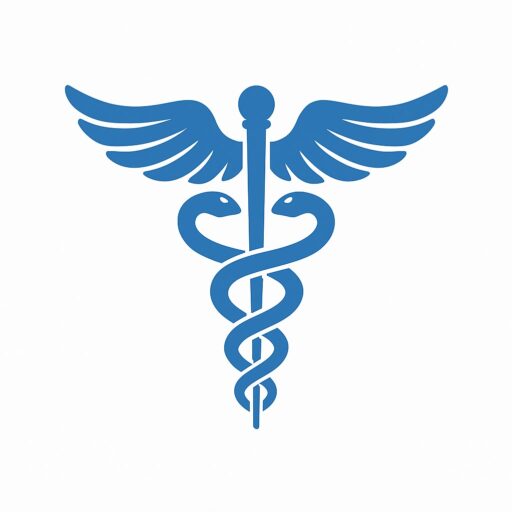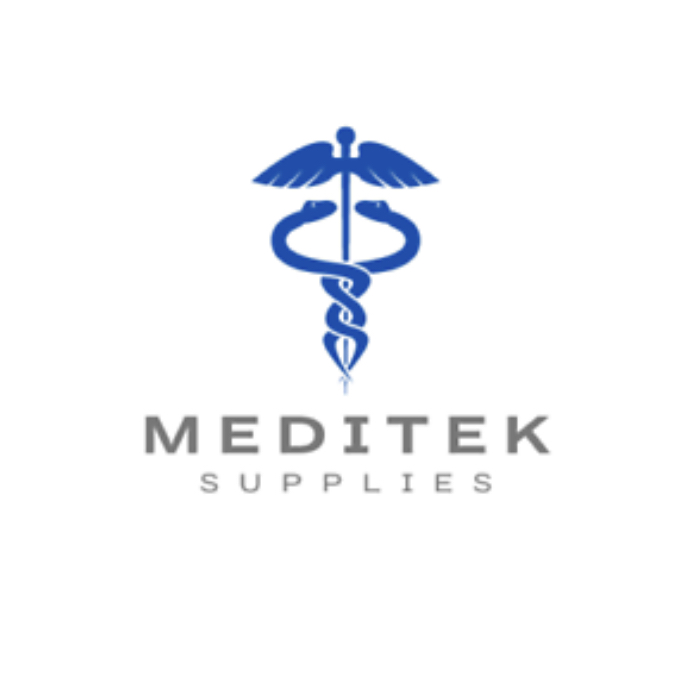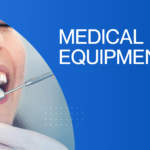
Sterilization is a very important part of our dental practices. As soon as you get in that dental chair, all the equipment going into your mouth must be clean and free of germs. This equipment includes a large set of things, which includes dental pliers to orthodontic tips. What we put into our mouths, our teeth and into our gums is at all times in contact with our internal environment. So, these tools must be properly sterilized, also to that end, in which we are able to best prevent infection and to have a healthy and effective experience.
Dental care professionals’ strict protocols include cleaning, disinfecting, and sterilizing tools after each use. If this is not done, there is a risk of cross-contamination, which in turn puts patients and staff at risk. Also, it is of great importance that dentists have the right know-how as well as the best equipment and high-quality instruments in their practice.
Why Sterilization Matters in Dental Practice
In every which way a day goes by, dentists and their teams use a large variety of instruments which come in direct contact with a patient’s blood, saliva, and tissue. This includes the typical dental pliers and orthodontic pliers which we think of, as well as surgical instruments. Should there is no proper sterilization between each use, these tools may carry bacteria and viruses from one patient to another, which in turn increases the risk of infection.
That is why in dental clinics we see very strict sterilization protocols. Use of clean, sterilized tools is a must; it is a legal requirement and also very important for patient safety.
Step-by-Step Process: How do dental instruments get sterilized?
Washing and Rinsing
Before sterilization, dental instruments should be very well cleaned of all visible debris. Tools, which include orthodontic pliers and dental surgical instruments, are put in an ultrasonic cleaner. That machine uses sound waves to dislodge any remaining material from the smallest of areas. Then the instruments are run under clean water and dried completely.
Check and Package
Once we clean them out, we check each instrument for damage or residue. We then package the tools in special sterilization pouches. The pouches are sealed and also include indicators which change color once the sterilization process is complete.
Steaming sterilization
In dental offices, the most commonly used method is the autoclave. This process, which puts in play high-pressure steam over 126 °C which in turn kills all bacteria, viruses, and spores. Autoclave is safe for the greater part of stainless steel instruments like dental pliers and orthodontic supplies.
Alternative Techniques for Sensitive Tools
Not all tools are created equal when it comes to high heat. For plastic and delicate orthodontic items, we use chemical vapor sterilization and cold sterilization with disinfecting solutions, which, while very effective, do require great care and longer processing times.
Safe Keeping
After disinfection, instruments should remain in their sealed pouches until they are used. Appropriate storage, which is done in a clean environment, prevents recontamination. Professionals are trained to open the pouch in front of the patient to ensure transparency and trust.
Types of Instruments That Need Sterilization
Dental practices make use of a large variety of tools daily, which in turn must be sterilized between each use. This includes:
Dental Pliers
These are supposed to be the primary tools used in tooth extractions and for a variety of general procedures. They may come into contact with blood and saliva, and in that capacity may play host to bacteria. As they are used in both preventative and surgical care, they must be very well cleaned, disinfected and sterilized at the end of every appointment.
Orthodontic Pliers
These include tools for wire bending, brace adjustment, and placement or removal of orthodontic appliances. In that which is a series of close mouth manipulations and frequent visits by the patient, it is of great importance that orthodontic pliers be free of contamination, which may introduce harmful microbes.
Dental Surgical Instruments
In the field of dentistry, which performs more invasive procedures such as tooth extraction and minor oral surgery, we see the use of tools like elevators, forceps, and scalpels. These instruments go into the tissue, and if they are not sterilized properly may transmit infection from one patient to another.
Orthodontic Tips
These attachments are for use on hand pieces or tools which access hard-to-reach areas in the mouth. Because of their small size and contact with mucous membranes and saliva, they must be properly disinfected and sterilized between uses.
Mirrors, Explorers, and Probes
Even though we may think of some diagnostic tools as non-invasive, they, in fact, go into the mouth and require sterilization. While it is true that they may not break the skin like a needle does, their contact with saliva means there is still a risk of contamination.
Best Practices for Maintaining Sterilized Tools
- Use high-quality, medical-grade stainless steel tools
- Monitor sterilization processes through printouts and digital logs.
- Do not reuse single-use instruments.
- Check out sterilization pouch labels for the indication of effectiveness.
- If instrument pouches are torn, wet, or damaged, repackage them.
- Store all instruments in their sealed, intact pouches until the time of use.
- Train staff regularly on sterilization procedures and updates.
Conclusion
Comprehending the sterilization process for dental instruments adds to your appreciation of what goes on behind the scenes at every dental visit. From the time a tool is put to use until it is put away for the next use, each step is important. At Meditake Supplies, we support clinics with high-quality instruments and expert advice on how are dental instruments sterilized?. No matter if you are using dental pliers, orthodontic pliers, or dental surgical instruments, always follow best practices in sterilization to ensure patient safety and trust.

 English
English 





 Home
Home  Shop
Shop  About
About  Contact
Contact